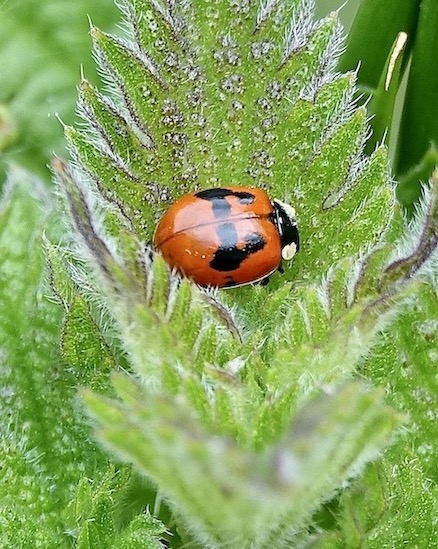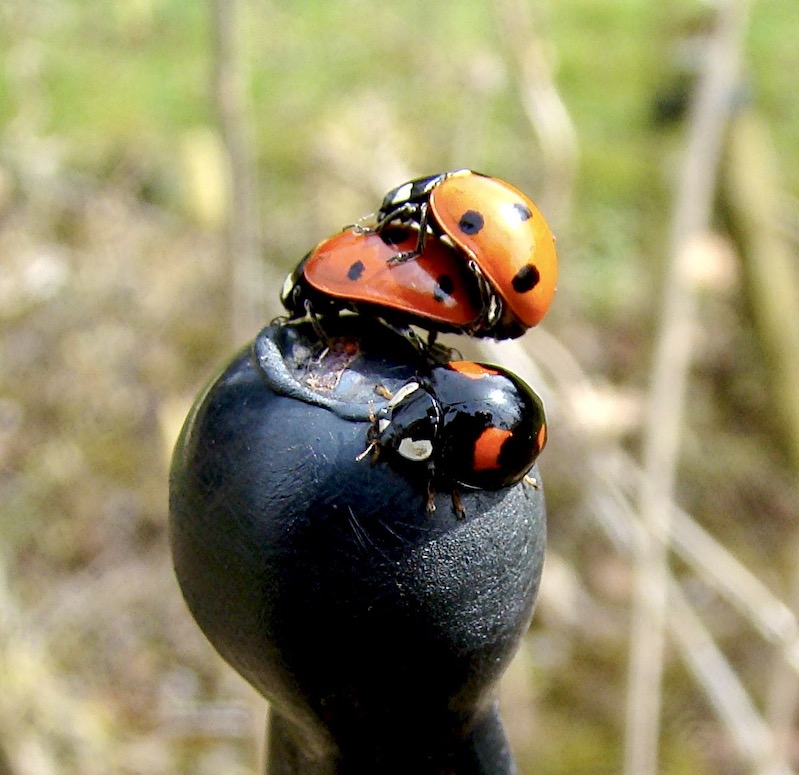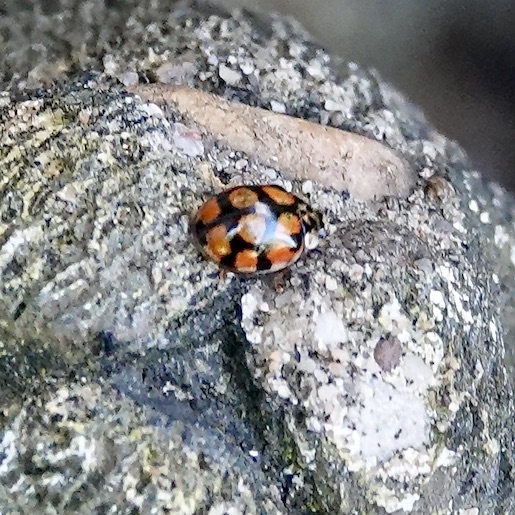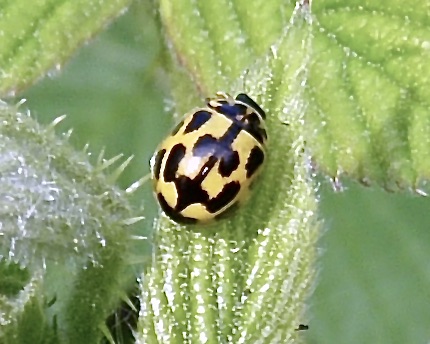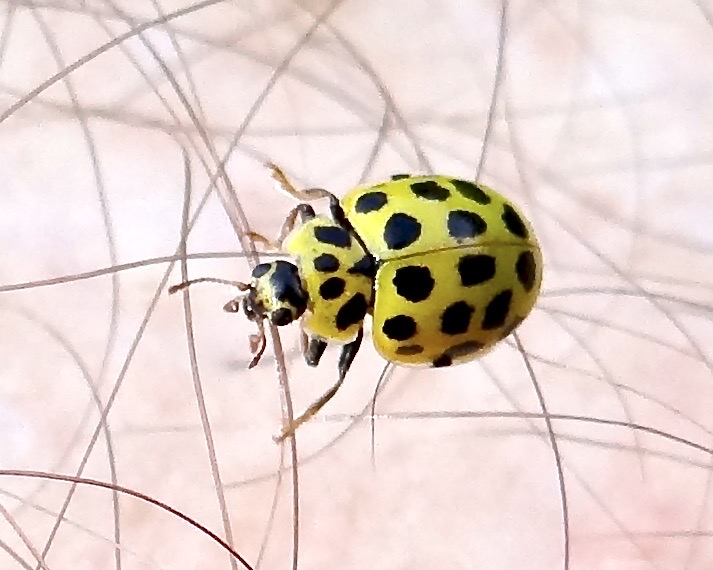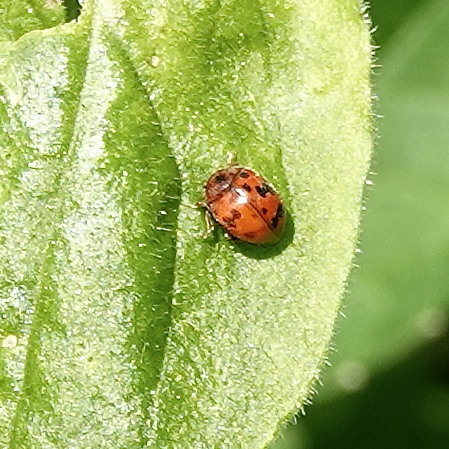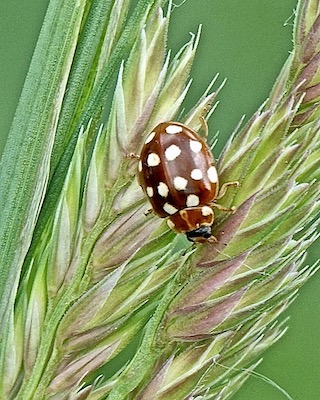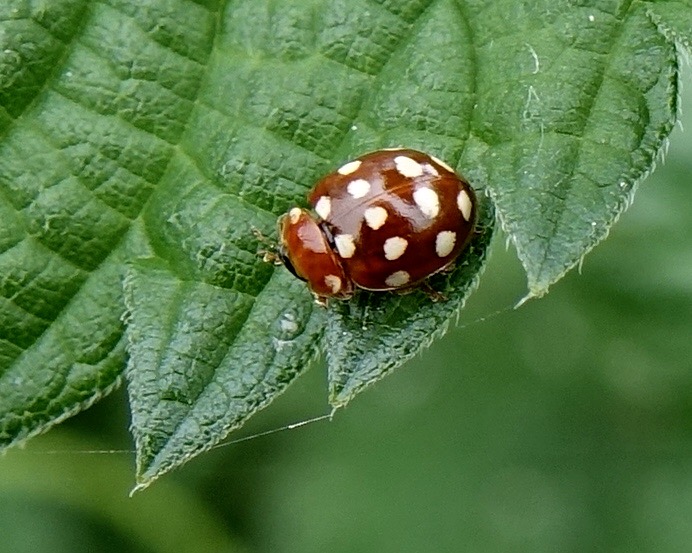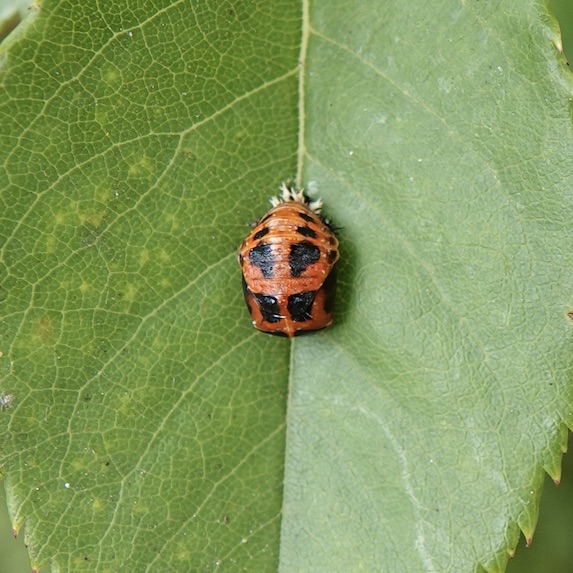LADYBIRDS
Ladybirds are insects within the order of beetles.
There are about 25 common ladybird species in the UK (and over 5000 worldwide).
They typically live for a 1 or 2 years. They overwinter by lying dormant, often huddled together in large numbers, in a sheltered spot (e.g. window frames!).
They feed on small insects and aphids. They drink nectar, water and the dew off leaves.
Their bright colours act as a defence mechanism.
Harlequin ladybirds are a very variable species with over 100 pattern varieties.
They have been recorded in the UK since around 2000. These days they are regarded as a pest since they predate other ladybird species.
There is a highly recommended field guide to Harlequins entitled:
"A Field Guide to Harlequins and Other Common Ladybirds of Britain and Ireland", by Helen Boyce, published in 2021.
